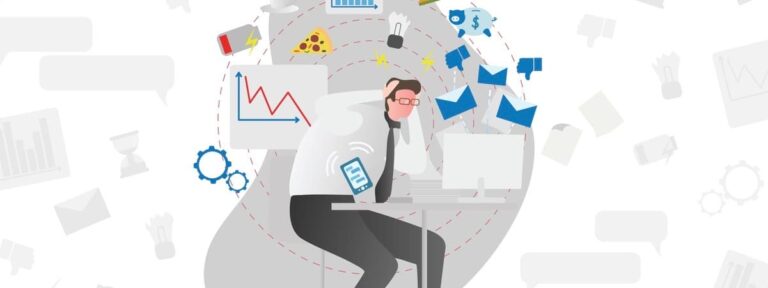“When you know better, you do better.” Maya Angelou’s powerful advice rings true for any PR professional who has watched their big campaign tank.
When late hours and big bucks add up to a whole lot of nothing, it’s easy to get discouraged. But the truth is, wins and losses hold equal value in forming your strategy — and the better you become at evaluating your efforts, the more literate you’ll be in the art of successful PR campaigns.
We’ve outlined three steps for evaluating your performance so you can do better—next time.
Step 1: Conduct a formal quantitative (and qualitative) analysis
Part of your campaign’s budget should be allocated to assessment, whether that’s money spent on staff hours, in-depth analysis tools or working with an outside firm to dissect your numbers. Companies like MediaMiser can monitor all mentions of your brand and generate reports based on the tone of coverage, share of voice, competitive analysis, the ad value of your campaign, the number of media impressions you made and whether or not your campaign was considered valuable in the news cycle. This should all shed light on what key publications you failed to attract, why it got picked up from some and not others, and what other companies did that drove success.
Step 2: Look beyond the numbers
Now that you’ve got quantifiable evidence, use it to determine how well you reached your target audience and if you inspired them to engage. Business Matters magazine says that measuring only volume of coverage is not necessarily indicative of success: “The true purpose of any PR campaign is to communicate influentially to the target audience in order to get them to act, behave or think in a different way than before and improve stakeholder relationships… if the media coverage does not result in the target audience actually acting on the call to action in the PR communications campaign then this raises the question has it really been effective?”
Ask customers how they heard about you and look for spikes in sales and online traffic. Your call to action in outreach materials links the public to your website — so look at your web analytics and determine where your visitors came from, how visitors behaved when they got to your site, and what your bounce rates were within the campaign’s timeframe.
When you start dissecting your social analytics, think about what each facet really represents: views (audience), likes (reach), followers (target audience reach) and comments (engagement). Focus on conversations and instances in which you got people interested. What strategies or opportunities did you overlook (or overestimate)? Clues will almost certainly be there.
Step 3: Use this information to set KPIs
Ranking yourself against the competition is important—but you also need to see how you measure against yourself. Start setting reasonable expectations and KPIs now that you have context. For example: we want to be featured in X publication, we want to double our retweets, etc.
Build a plan using the SMART model (Specific objectives, Measurable objectives, Achievable objectives, Relevant objectives and Time bound) and give yourself a grading system to see if you are, in fact, improving. ‘Soft’ evidence (qualitative research, observation, and anecdotal) should also be discussed and incorporated in the evaluation.
It’s all part of the process: getting in the habit of conducting reviews during a campaign, along with doing regular post-mortems, will bring you closer to knocking it out of the park the next time around.








